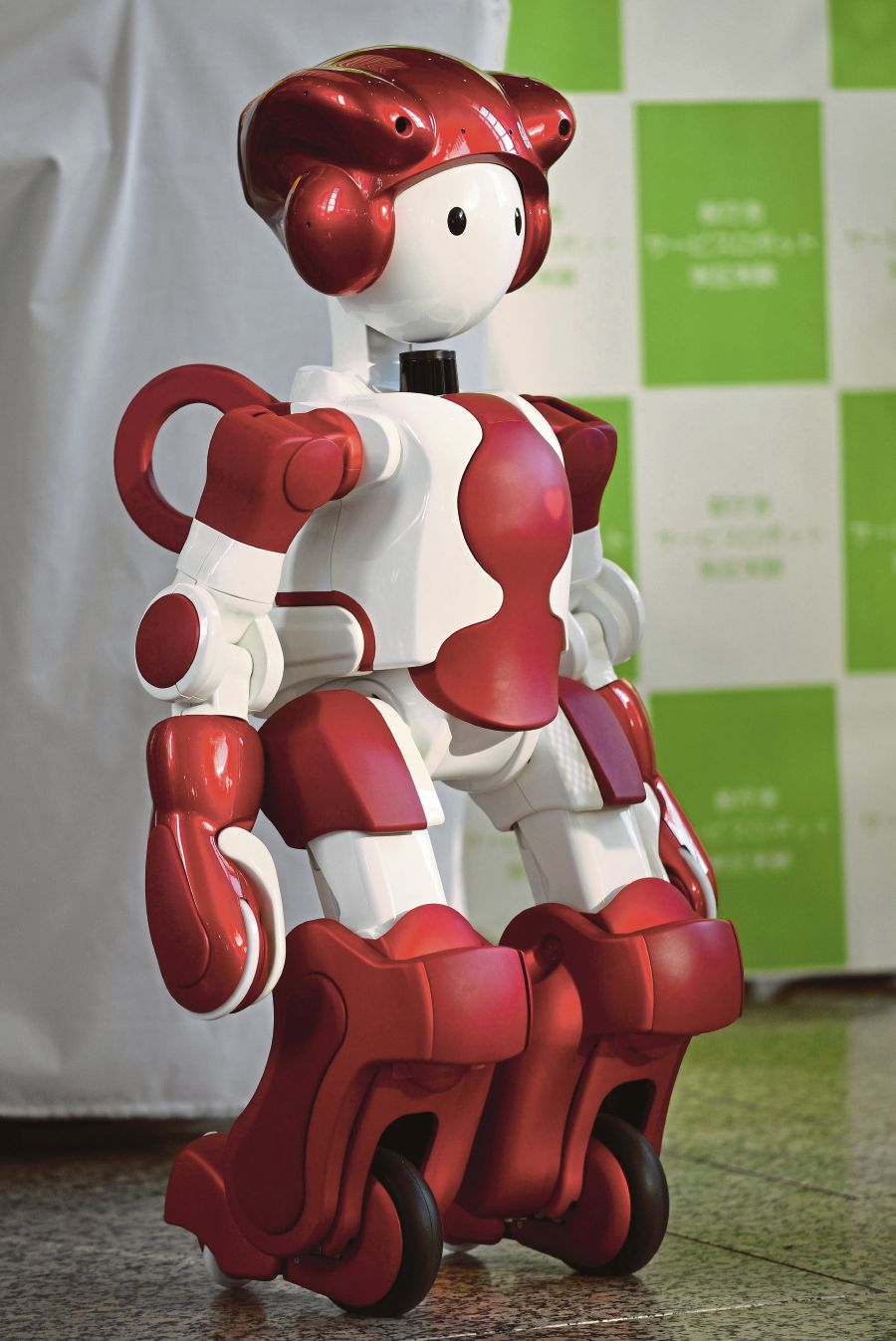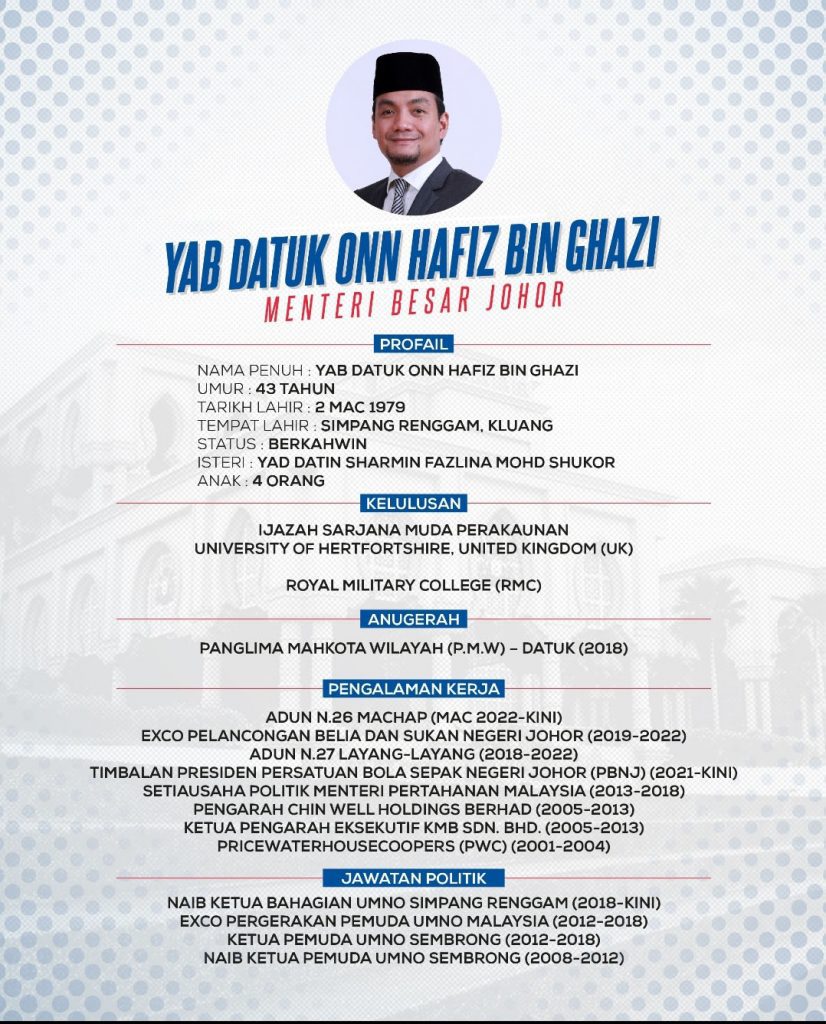EVER since the German concept “Industry 4.0” was coined as the Fourth Industrial Revolution (4IR), the term has become a buzzword penetrating public discourse in all walks of life.
Advanced robotics, autonomous cars and artificial intelligence (AI) are among major trends brought by 4IR.
While unprecedented technological advancements should instil some optimism for the future of human civilisation, the doom side of automation looms large.
Whether today’s jobs will vanish as computers progress beyond human comprehension, pundits’ opinions vary.
Martin Ford’s Rise of the Robots, for instance, painted a blood-curdling apocalypse of mass unemployment as robots will be eating nearly all white-collar jobs. He anticipates a robot evolution similar to the Darwinian natural selection.
On a more moderate stance, the International Labour Organisation estimated that 56 per cent of employment in five Asean countries are facing the risk of becoming obsolete, especially those involving routine tasks. Jobs requiring social interaction and non-routine tasks cannot easily be replaced by machines.
Julia Kirby and Thomas Davenport, in Only Humans Need Apply, in contrast, take a techno-optimistic stance on this much-debated question. The Fourth Industrial Revolution, they argue, is not a zero-sum game between humans and machine, but a sweet spot for collaboration between the two.
They popularised a term called augmentation, as an antidote to automation; a perspective on how work of humans could be “deepened, rather than diminished, by a greater use of machines”.
From the augmentation perspective, people have five alternatives to realign their contribution in working with machines.
One, step up — enhancing skills on big-picture thinking and higher level of abstraction. This technique involves letting machines do the work without losing knowledge of how they do it.
Two, step aside — focusing on interpersonal and intrapersonal intelligence; strengths that are not purely rational and easily codified. People can do so by discovering their social strengths and work on improving them.
Three, step in — monitor and modify the work of computers; a classic approach by focusing on science, technology, engineering and mathematics education.
Fourth, step narrowly — finding a niche that wouldn’t be economical to automate.
Fifth, step forward — building the next generation of computing and AI tools.
This augmentation proposal echoed World Economic Forum’s assessment on skills deemed important in the 4IR era. Among top 10 skills needed in 2020 that the forum highlighted are complex problem solving, critical thinking, creativity and cognitive flexibility.
These skills are not innate, but rather nurtured, and many would agree that a change in mindset is required if we were to equip ourselves with these skills. But how, really?
Individuals and policymakers can start with the basics — training our brains to think better. One practical method is to expand the sets of mental models that humans use to think and make sense of the world.
Mental models are values, concepts, beliefs and causal narratives about how the world works. Without mental models, it would be impossible for people to make most of their decisions and solve problems.
For example, supply and demand is a mental model to understand how the economy works. Or, anchoring is a mental model on how individuals use an initial information to form judgments.
While some mental models are useful, there are those that may persevere even if they outlive their usefulness or were not useful to start with.
The World Bank’s World Development Report 2015 stressed the importance of exposing people to alternative experiences, ways of thinking and expanding mental models through policy interventions. If countries were to attain a higher socio-economic development, for example, it is crucial to discard the belief that women are not capable of becoming leaders.
A research by economic historian Joel Mokyr found that changes in mental models at the societal level were instrumental in preparing the ground for the past Industrial Revolution.
In the 4IR era, expanding and shifting mental models are needed more than ever. What does this mean for Malaysian policymakers?
In the 2018 Budget, Prime Minister Datuk Seri Najib Razak announced that the government would implement the Malaysia Digital Policy as the nation embraces 4IR. This will include, among others, matching grants for businesses and tax incentives for automation equipment.
This can be strengthened by urging businesses to embrace augmentation. The government could convince employers that the combination of humans and computers is better than viewing them as substitute capitals — dismantling the zero-sum mentality of automation.
In line with Transformasi Nasional 2050 aspiration, 4IR-ready educational ecosystem should also be fully nurtured. The recently-announced 21st century smart classrooms could be well-equipped with adjustments on teachers’ mental models. Teachers ought to re-examine their beliefs about students and their ability to learn, including students with learning difficulties, children from poor families and others.
Ultimately, 4IR will only be a bountiful force in human history if we could upgrade our mind.
This article first appeared in New Straits Times on 14 November 2017.





